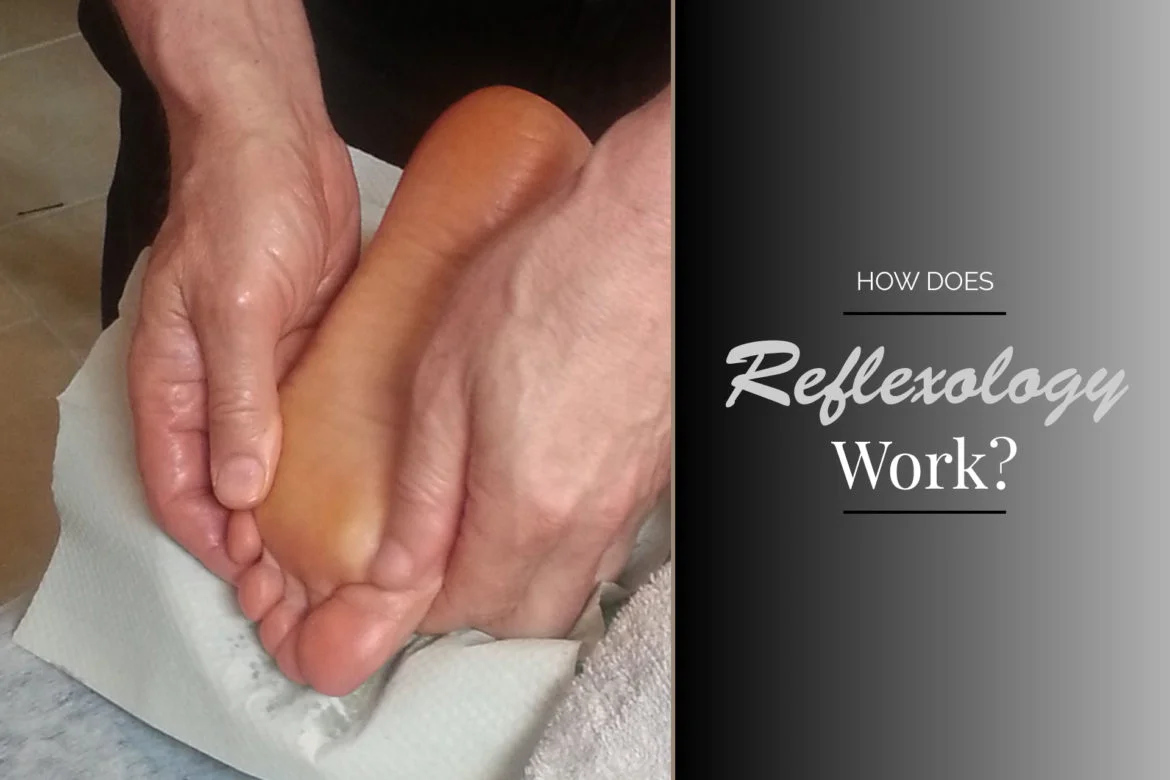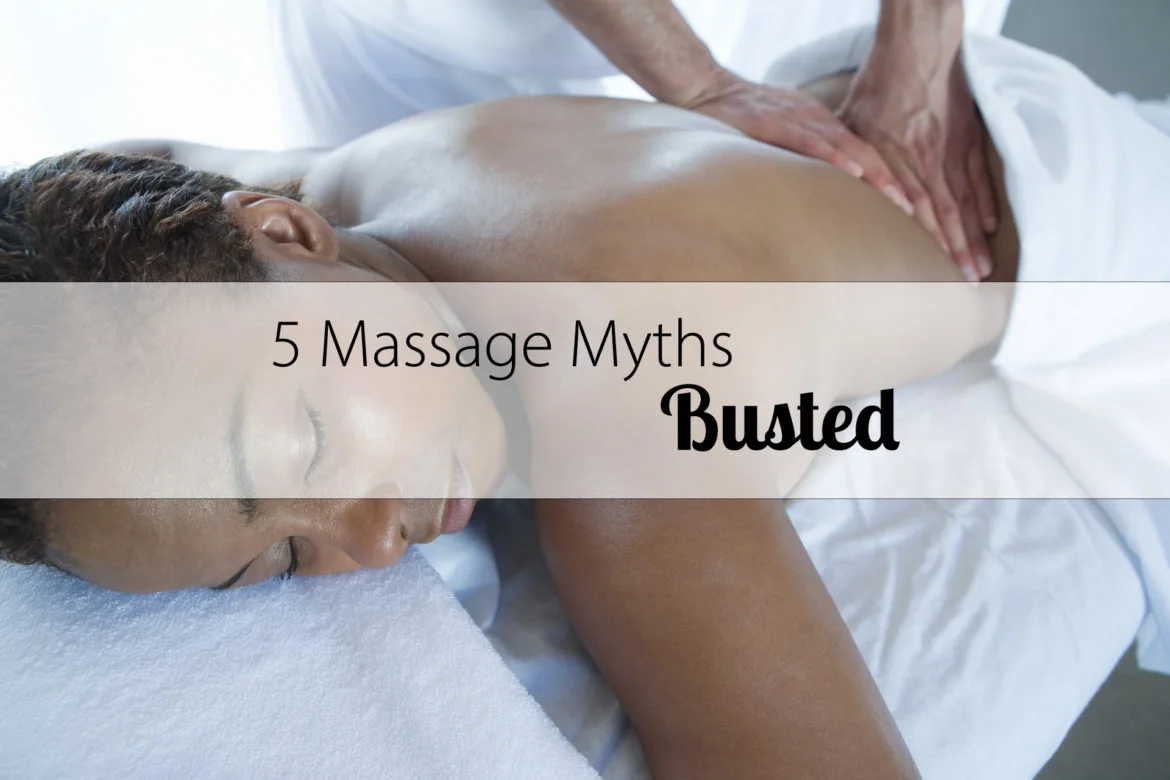At some point in our lives, we all experience a headache. There are some people who get headaches quite frequently, and others who very rarely experience one. If you find that you’re getting headaches on a regular basis, it’s definitely worth your time to find out why and what you can do about it. Did you know there are different types of headaches, and different causes and treatments for each? Let’s look at each.
How Stress Affects Your Body
We all wear many hats in our busy lives. Whether you work or stay home, have children or don’t, own a business or work for someone else, if you’re human, you have stress. Period. It’s an unavoidable part of life. And while you may feel the emotional weight of all that stress, the anxiety, depression, and negative thoughts most often associated with it, stress can also take a huge toll on your body.
Can Massage Help High Blood Pressure?
Did you know that one in three adults in America have high blood pressure, or hypertension? While the majority of those diagnosed with high blood pressure are 65 years or older, those under 65 are not immune. There are certain behaviors that increase your risk of developing high blood pressure, including smoking, excessive alcohol consumption, lack of exercise, an unhealthy diet, and being overweight. While blood pressure normally increases in stressful situations, chronic stress seems to be even more of a contributing factor to developing high blood pressure. Depending on the severity of your hypertension, your doctor may suggest lifestyle changes and/or prescribe medication to lower it. Even if you’re prescribed medication, lifestyle changes are still recommended to get the most benefit and get your body in control of your blood pressure instead of solely relying on the medication to do so.
Sciatica: Is it Piriformis Syndrome or Your Lower Back?
When seeking answers for low back, hip, and leg pain, you may have heard the term Sciatica. This condition occurs when the sciatic nerve (the largest nerve in the body) is irritated or inflamed, causing pain, tingling, and/or numbness felt along part or all of the nerve path; most often starting in the low back or the buttock and traveling down the outer leg, even all the way down to the foot in some cases.
This irritation of the Sciatic nerve is actually quite common, and is often attributed to one of two causes, Piriformis Syndrome or a spinal abnormality in the low back; with a pretty even 50/50 split between the two.
Massage and Depression
Depression is an all-too-common struggle for people all over the globe. According to the World Health Organization, it’s estimated that 350 million people suffer from depression. While there are many treatment options, one you may not have thought of is massage therapy. Massage can decrease muscle tension and ease some of the daily physical stress you may put on your body, but it can also go beyond just making you feel good.
Five Conditions You May Be Surprised Can Benefit From Massage
Getting Deep into your Fascia
Dealing With Rotator Cuff Injuries
You’ve been doing Olympic lifting for a while. Or stocking tall shelves. Or cheerleading, throwing your partners overhead. Everything was great! Until suddenly, it wasn’t. Ice and ibuprofen didn’t quite do the trick, so you visited the doctor. And lo and behold, you’ve got a rotator cuff injury and two questions:
How the heck did this happen?
and
What on earth do I do now?
Why is an Intake Form Necessary For Massage?
Five Steps to Healthier Skin
Did you know that the skin is the largest organ of the body? The truth is, there are so many factors that go into how to improve your skin quality. What you put into your body, how you care for it, the environment that surrounds you, and your stress level all play a part in the condition your skin is in. So, how do we improve the quality of our skin? And we’re not just talking the skin on your face. Skincare includes the skin throughout your entire body. It needs special care. Here are a few of our favorite tips to help you out.
How Does Reflexology Work?
What to Expect During your First Massage
For many, massage therapy isn’t really on the radar as part of routine healthcare. It may have just been something that was part of a spa gift certificate the family got mom for Mother’s Day or a splurge before a big event, like a wedding. But the massage industry has only grown over the last several years, and with it, a new public acceptance of massage therapy as part of a healthcare and self-care protocol. While it may seem a little intimidating to get your first massage, let me put you at ease by filling you in on all the details of what to expect.
Using Essential Oils in Massage
Think You Need to Stretch Your Back?...Maybe Not!
When your back is hurting, it’s common practice to stretch it. That usually means bending forward at the hips and allowing the low back muscles to stretch a bit. This can also help to stretch out the hamstrings, calves, and with the right arm position, the shoulders and upper back as well. But what if this sort of stretching is actually doing more harm than good?
Massage and Chronic Pain
Millions of people throughout the world battle chronic pain. While many think of it as just some mild achyness or soreness somewhere that comes and goes on a regular basis, those who live with it every day know it is far more than that. If you suffer from chronic main or just wish to learn more on how it can affect the body, read this week’s blog.
Does Deep Tissue Have to Hurt?
Even though our signature Deep Tissue massage is named the Susie Smash, it still doesn't need to hurt, which is why it is described as a more integrative massage. My mother tells me "Sometimes you just don't realize your own strength, Susie" which is true! So seriously, if the pressure is ever too much PLEASE PLEASE speak up!
Why Your Hands (and Forearms) Need Massage
Gripping a steering wheel. Working a trackpad or mouse. Hovering over keyboards. And stoves. And laundry. You get it.
We put our hands and forearms through an awful lot of stress every day. Squeezing and clenching and buckling and writing. All of it. And yet, when I start to massage a hand and forearm, I often hear, “Oh! I had no idea my arms were so sore!” It’s a common surprise, but not really a surprise.
Five Massage Myths Busted
Stress, Anxiety, and Massage
Stress, Anxiety, and Massage
Why get a massage? According to a survey conducted by the American Massage Therapy Association, 28% of Americans who get a massage do so for relaxation and stress reduction. That’s a lot of people in the US who feel strongly enough about their own experiences with massage for stress reduction to put their money on it. But aside from individual feelings, what exactly do we know about massage and how it relates to stress and anxiety? And what does the research have to say about that?
What is stress? What is anxiety?
Stress is your body’s response to demanding circumstances. Working late hours? You’ll experience stress. Prepping for a big competition? Definitely stressful. Toddler throwing a tantrum? That’s no doubt stressful for both of you. When you’re stressed, your blood pressure goes up, your breathing and heart rate quicken, and you feel jittery and distracted. All this is useful if your stress is a result the big race you’re running, when you can put that energy to good use. It’s less helpful if your stressor is a friend in need of patience and comfort.
People who regularly put themselves into stressful circumstances on purpose (public speakers, for example) often learn how to channel that stress response for their own benefit, but it takes practice over time. When stress goes from being an occasional experience to a chronic condition, health problems result.
Anxiety, on the other hand, isn’t necessarily a reaction to circumstances. Most often, it’s related to anticipated future or potential stress. As with stress, anxiety isn’t necessarily an immediate health problem, although it’s unpleasant. Feeling a bit anxious about an upcoming exam, the imminent birth of a baby, or the quality of a presentation can give you a push to prepare as best you can. But anxiety becomes unhelpful when it is overwhelming, requiring you to focus all your energy on surviving your immediate feelings rather than addressing their roots. Pacing, nail biting, trembling, and vomiting are signs that anxiety is veering into unhelpful territory. Test anxiety, social anxiety, and decision anxiety are all common forms of anxiety.
Anxiety disorder is the general name given to chronic, excessive anxiety in response to everyday situations. Anxiety disorders include
● Generalized anxiety disorder: excessive anxiety in general.
● Social anxiety disorder: anxiety disorder related to interacting with others.
● Separation anxiety disorder: anxiety disorder related to separation from specific people, often parents or caregivers.
● Phobias: subset of anxiety disorders characterized by persistent fear of a specific thing.
● Panic disorder: anxiety disorder characterized by reoccurring panic attacks.
Many people discover that they have more than one type of anxiety disorder, or deal with anxiety combined with depression, post-traumatic stress disorder, eating disorders, alcoholism, or substance abuse. While stress and anxiety are more general terms that you can probably identify in yourself, anxiety disorders can only be diagnosed by a physician.
What kinds of studies have been done on massage for anxiety and stress?
Stress: While stress levels are largely subjective, studies focused on pain, sleep, and other outcomes often find that patients report decreased stress levels as one of the major benefits they receive from massage therapy treatments. In one study on pain in acute care settings, more than half of the patients mentioned relaxation in their survey responses. One described the experience of receiving massage as “very helpful, soothing, comforting, and relaxing,” which is notable considering how stressful being hospitalized is. Improved emotional well-being and sleep were also mentioned by many patients and nurses, both of which are good indicators of stress reduction.
Anxiety: Most studies done on massage and anxiety have focused on specific populations. One study found significant improvement in both state (long term) and trait (immediate) anxiety in children with cancer and blood diseases who received Swedish massage. Another measured the physiological responses to stress (blood pressure and pulse) in hospitalized children and found similar results. Cardiac care patients were the focus of another study. Again, massage was shown to be helpful at reducing anxiety. Still, larger and broader studies on the matter still need to be done.
Anxiety disorders: There have been relatively few studies on massage therapy for anxiety disorders specifically, and those that have been done have been small and generally lacking good control groups. One randomized controlled trial found that massage therapy was significantly helpful for people with generalized anxiety disorder, but no more so than thermotherapy (relaxing with hot towels placed in different locations on the body) or being in a special relaxation room with no additional treatment. This study only measured improvement over multiple weeks, and not feelings of anxiety in the short term, before and after treatments. Because this study didn’t have a no-treatment control group, they weren’t able to state whether all three were equally effective or equally ineffective.
What does all this mean?
People regularly feel that massage helps reduce their stress and anxiety. There are also other techniques that seem to be helpful to varying degrees, depending on the situation and the person. This is helpful to know, because not everyone enjoys massage. For some, touch itself can be a source of stress and anxiety, so it’s helpful to know that there are other complementary therapies available that also create positive results.
Stress and anxiety are closely tied to pain, sleep, and other factors. Reducing pain reduces stress levels. Reducing stress levels can also reduce pain. Improving sleep can impact both pain and stress, and vice versa. Does massage therapy work primarily through either pain or stress reduction, or does it impact both equally? This is an area for further study.
Massage therapy is a fairly safe way to manage stress and anxiet.y With relatively few drug interactions and a very low chance for injury, massage therapy can be helpful to a wide variety of people dealing with stress and anxiety in different situations. From the smallest infants to athletes to people in hospice, there are few who could not benefit from massage therapy.
There is a lot more to learn. While there is a lot of research on massage for pain, massage for anxiety (and especially massage for anxiety disorders) has less research to back it up. It will take time and money before a large body of knowledge has been built up.
If you’re feeling stressed or anxious, massage therapy is worth trying. The evidence is still rolling in, but what we have is promising. Are you ready to give it a try? Book your next massage today.



















